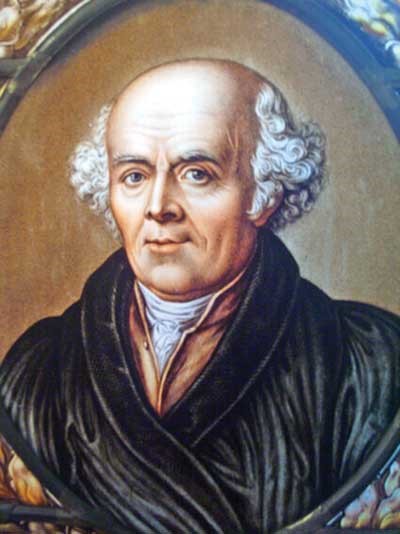Homoeopathy

Homeopathy (also referred as Homoeopathy)
Homoeopathy is a system of alternative medicine conceived in 1796 by the German physician Dr. Christian Friedrich Samuel Hahnemann. The term "Homoeopathy" is derived from the Greek words "homoios" meaning similar, and "pathos" meaning suffering. Hahnemann introduced the principle of "similia similibus curentur", or "like cures like", suggesting that a substance causing symptoms of a disease in healthy people can cure similar symptoms in sick people.
Due to its successful blending with the ethos and traditions of the nation, Homoeopathy has gained recognition as one of the national systems of medicine in India. According to the Homoeopathy Central Council Act of 1973, Homoeopathy is recognised as a valid medical system in India.
Scope of Homoeopathy
Homoeopathy has evolved over the past two hundred and fifty years and is widely practiced globally as a complementary system of medicine. According to the World Health Organization (WHO), Homoeopathy is the second largest medical system in the world and is legally practiced in over 84 countries. Homoeopathy triggers the patient’s natural system of healing the illness. It provides long-term relief from long-standing chronic ailments. A homeopathic doctor treats not just the disease but the person suffering from the disorder.
Countries Practicing Homoeopathy
Homoeopathy is practiced in more than 100 countries. It is legal to practice as a professional homeopath in 25 out of 39 countries including Albania, Bosnia Herzegovina, Bulgaria, Croatia, Czech Republic, Denmark, Estonia, Finland, Germany, Greece, Iceland, Ireland, Italy, Latvia, Liechtenstein, Macedonia, Malta, Netherlands, Norway, Portugal, Slovenia, Spain, Sweden, Switzerland and United Kingdom. Homoeopathy is included in the national health systems of a number of countries e.g. Brazil, Chile, India, Mexico, Pakistan, Switzerland.


Limitations of Homoeopathy
While Homoeopathy has its benefits, it also has certain limitations. It cannot cure diseases arising from genetic abnormalities or primary nutritional deficiency. In case of emergency, Homoeopathy has a limited role. The efficiency of the medicines and their effect on all humans are not the same. Also, the right remedy may not be available at some pharmacies.
Latest Research in Homoeopathy
Modern Research in Homoeopathy was started on 21st century. Its popularity with the public, and credibility with health professionals, has increased rapidly as a result of recent clinical trials demonstrating its efficacy. The results of a systematic review of clinical trials of Homoeopathy are summarized. The main scientific obstacle to the acceptance of Homoeopathy is its use of very high ‘ultramolecular’ dilutions. The action of these dilutions cannot be explained in terms of existing pharmacological concepts. This has lead to the ‘information medicine’ hypothesis, which postulates the storage of information in water and its transmission to sensitized biosystems. This hypothesis is starting to be supported by physics.
Recent studies have documented the fact that people prefer Homoeopathy for respiratory, rheumatology, neurology, female disorders, skin and infectious diseases. A three-year study by two Bhopal-based institutes with indigenously developed experimental setup has confirmed that each Homoeopathy medicine has its own electromagnetic signature under excitation frequency.
Conclusion
Despite the controversies and limitations, Homoeopathy continues to be a popular choice for many who seek a holistic approach to healthcare.

